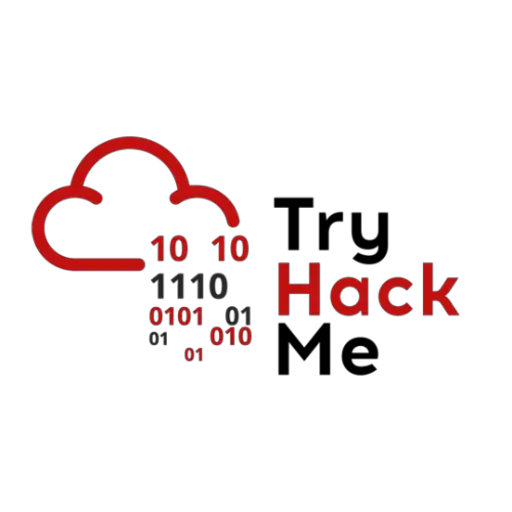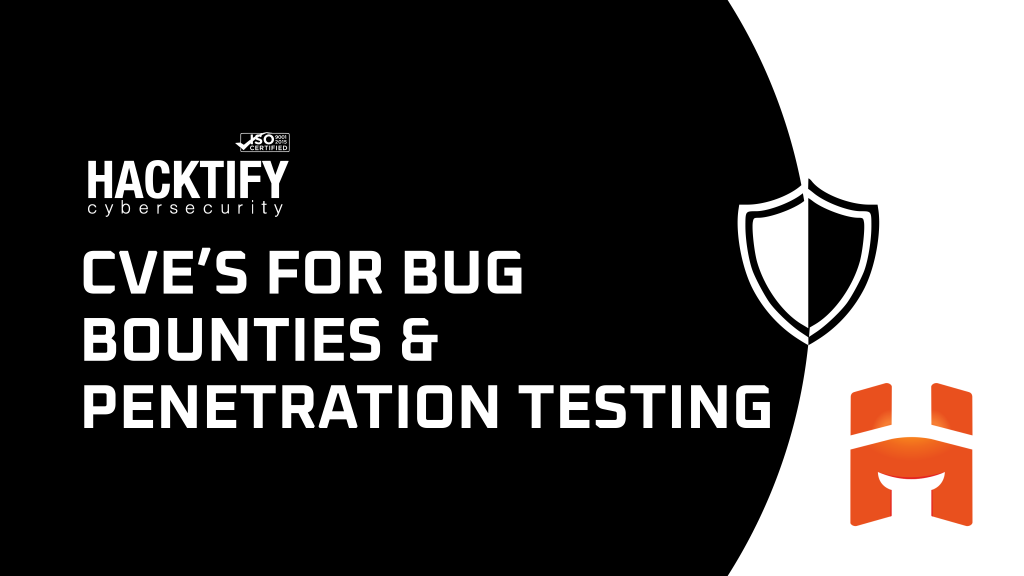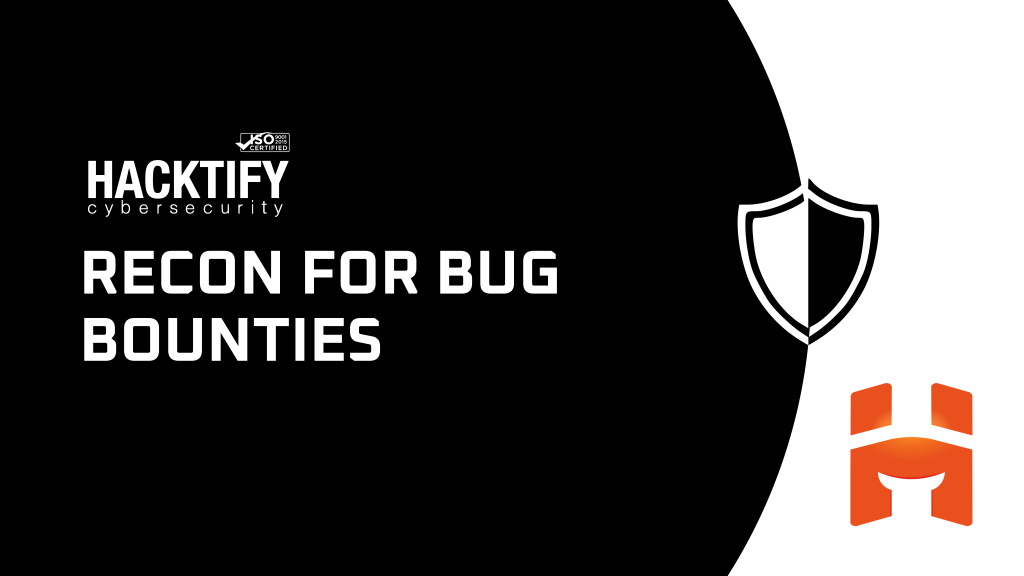
The LPIC-1 Linux Administrator certification demonstrates a basic proficiency with the Linux operating system and the ability to perform real-world maintenance and administrative tasks. The 102-500 exam expands upon the topics covered in 101-500 with more detailed usage of many commands, scripting, troubleshooting and security.








